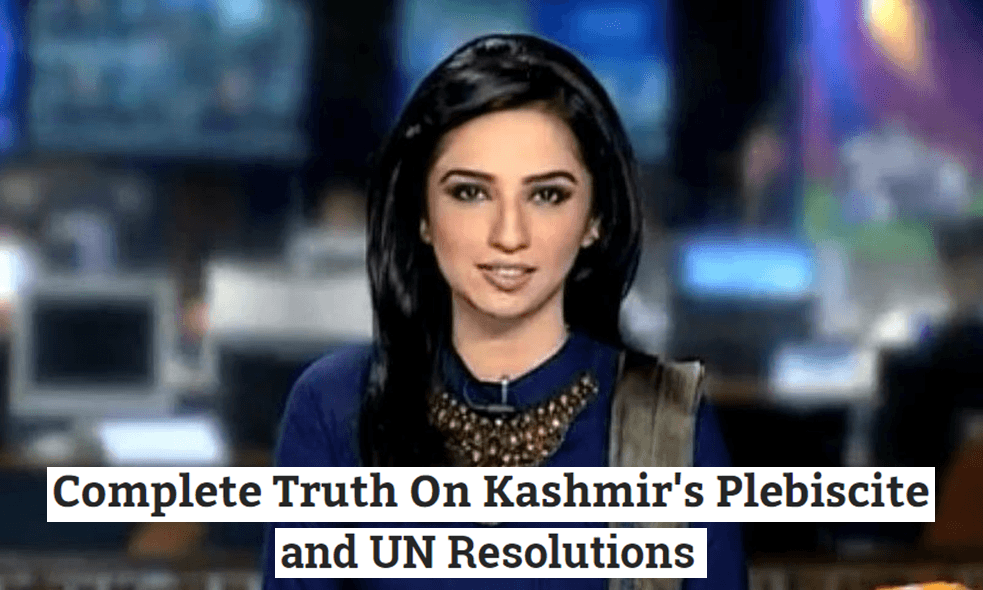Complete Truth on Kashmir’s Plebiscite and the UN Resolutions

A lot is said by the Pakistanis on Plebiscite in Kashmir. Taking the cue from their baseless and ill-informed propaganda, many Indians also feel that plebiscite is a genuine logical next step. None of them have read the UN Resolutions of course and processed them. It is therefore extremely important to go through this video where the analysts discuss complete details of Kashmir’s war in 1948 and the UN Resolution. And the real story with facts on the impossibility of Plebiscite.
Here are two ethnic Kashmiris from the area now under Pakistani occupation who are detailing out the truth as they involve a pro-Pakistani narrative seeking journalist. His utter lack of information and complete ignorance is spectacular! Here are some of the main assertions on the topic:
There are two parties – Kashmiris and India. Kashmiris signed the treaty of accession. Pakistan was sort of like a party because it was the aggressor and occupying force in Kashmir. It’s only option was to withdraw from Kashmir.
Why didn’t anything happen in Kashmir? Because Pakistan did not comply with the first two UN resolution.
The ability to take decision on part of the princely states was with their rulers.
In this discussion, when cornered with facts, the Pakistani apologist refuses to believe that Standstill Agreement ever existed.
When asked why did Pakistan attack Kashmir despite the Standstill agreement? The answer of the analyst is – Pakistan wanted deniability and disguised their own Army soldiers as tribals and they wanted to do so in the name of Islam! So all those who have these romantic dreams that Kashmir will be free if India lets it go then they have a lower IQ than the kids who actually believe in Santa Claus!
Here is a detailed TWO Part series on the History of Kashmir and why we are where we are. Please read and share with all. It is extremely important to know this piece of our history these days!
Definitive Story of Kashmir: Part I
Definitive Story of Kashmir: Part II
For the complete discussion, please watch the video below.



